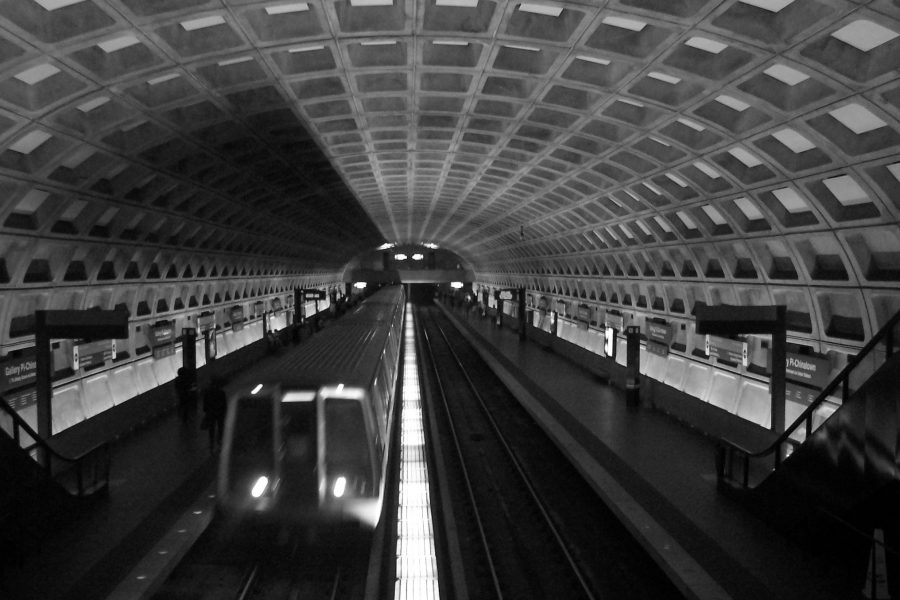Over the past months, as the failings, incompetence and gross negligence of Metro have come to light, public discourse has been filled with criticism of the subway system’s past failings. Metro’s problems, including woeful on-time performance, deliberately falsified safety reports, declining ridership and a deep fiscal hole, have been picked over extensively by many. Fortunately, Metro’s new management under general manager Paul J. Wiedefeld has taken steps to address its failings. However, Metro’s issues of declining use will only be worsened by its new plan to reduce service and raise fares, which will lead only to further declining ridership and the beginning of a death spiral of rising fares, worsening service and declining ridership.
While Metro’s leadership claims that this toxic combination of fare increases and service cuts is necessary to fix the system’s large budget deficit and restore Metro to fiscal health, it will in fact discourage ridership and thus cause worse fiscal problems. A fall in ridership following fare increases and service cuts would likely be used to justify further fare hikes and service cuts, in turn causing even lower ridership. These factors would reinforce themselves and lead to a death spiral for Metro, which would inevitably end with the collapse of the subway system due to low ridership.
A Metro death spiral would not only have damaging effects on Metro itself, but it would deal a blow to the capital region’s economy just as it is experiencing uncertainty due to the recent election of Donald Trump. At this time of great uncertainty, the last thing that the area needs is the further decline of Metro, which would also snarl traffic on the region’s already gridlocked highways, cause environmental damage and put a damper on the new development springing up around many suburban Metro stations.
Metro’s future does not have to look this way. Rather than increasing off-peak fares by 25 cents and peak fares by ten cents, Metro should take a short term financial risk and institute lower fares in order to boost ridership. Lower fares, especially during off peak times, would encourage people to use Metro for purposes other than commuting and would also help to boost the economies of areas around metro stations by encouraging more visitors during midday and weekend hours. Fare cuts would thus pay for themselves due to the resultant increase in ridership.
Metro should also increase service during off-peak hours and restore late night service. Instead of service cuts that decrease ridership and provide Metro with public-relations nightmares, service increases would encourage ridership and remove the mental barrier to ridership that long wait times produce.
Metro’s death spiral is avoidable, and good decisions will allow Metro’s situation to improve. Recovery will only happen, however, if Metro’s leadership takes steps to encourage ridership, rather than the self destructive policies of fare increases and service cuts that it currently seems intent on pursuing.



































